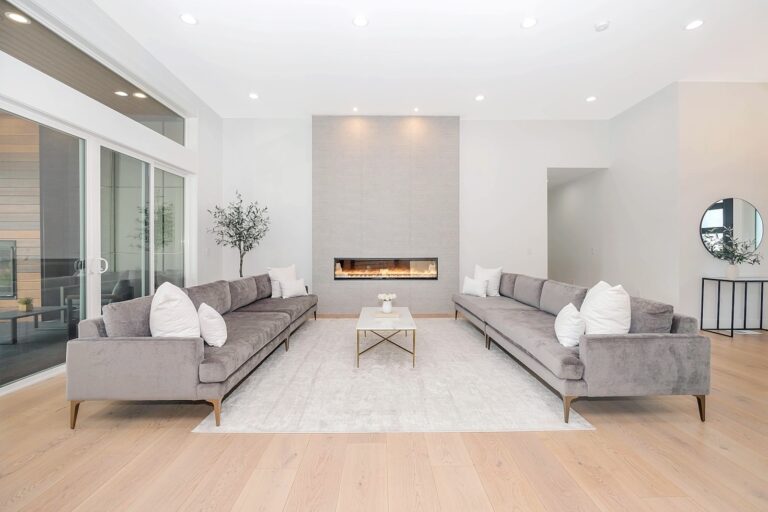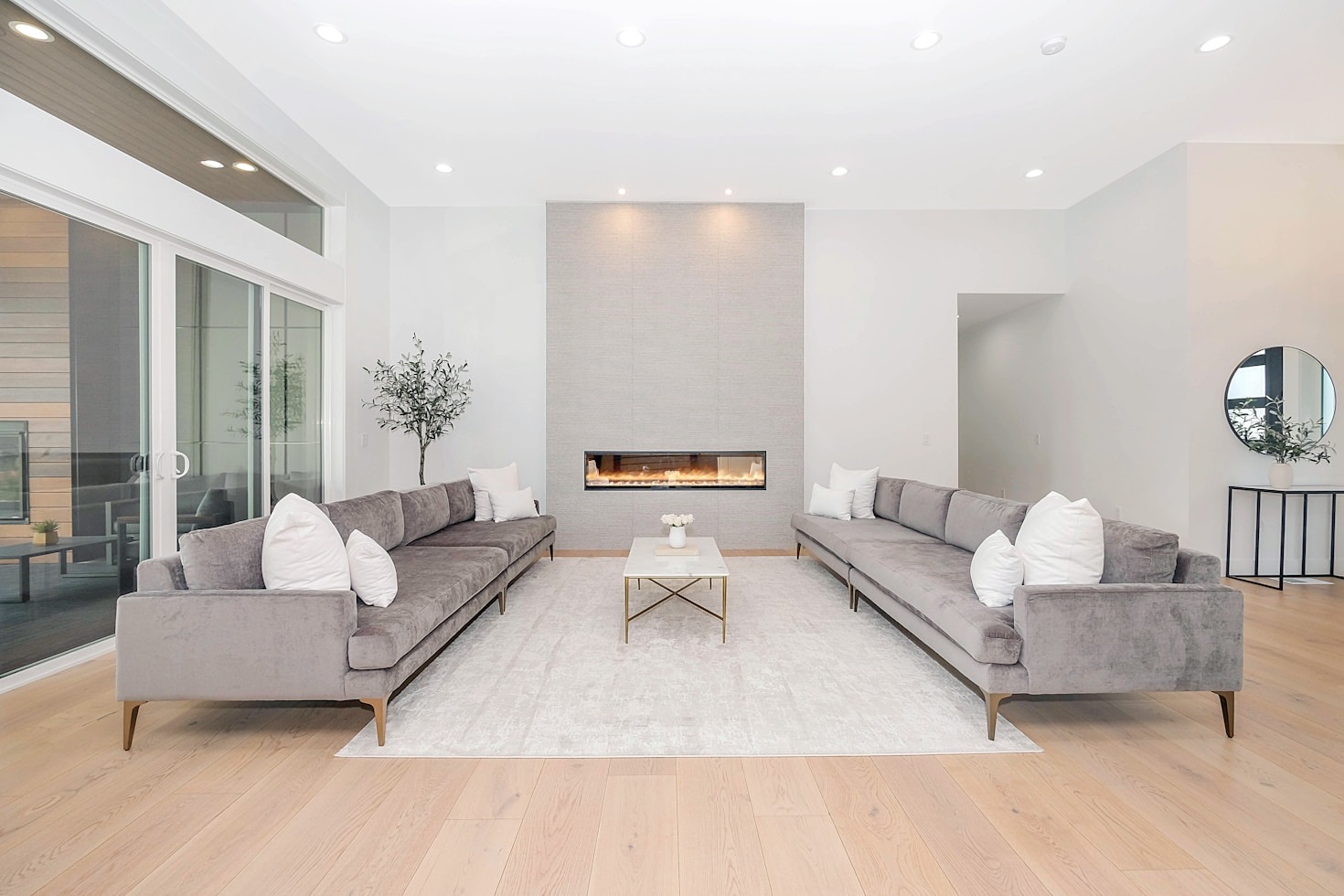The Rise of Minimalist Design in Modern Homes
Introduction

Minimalism has evolved from a niche design preference to a mainstream movement in modern home aesthetics. This approach strips away the unnecessary and focuses on essentials—creating calming, clutter-free spaces that promote peace, focus, and functionality. Whether you’re building a new home or simply redecorating, minimalist design offers a timeless and purposeful style suited to today’s fast-paced lifestyle.
1. Simplicity and Functionality
Minimalist homes are all about intention. Every piece of furniture and decor serves a purpose, both functional and visual. Clean lines, balanced proportions, and versatile furniture anchor each room. Think quality over quantity: fewer pieces, but ones that make a bigger impact.
Shop the look:
- Mid-Century Beige Sofa – neutral and low-profile, perfect for minimalist spaces
- Minimalist Round Coffee Table – simple, elegant, and functional
2. Neutral Colors and Clean Lines
Minimalist interiors rely on a soothing, restrained color palette. Whites, beiges, taupes, and grays dominate, often accented with black or natural wood. Architectural and furniture elements typically feature sleek, linear shapes and matte or natural finishes.
Recommended minimalist pieces:
- Scandinavian Dining Set – clean lines, light wood, and a calm palette
- Pendant Light in Matte White – minimal yet striking overhead lighting
3. Open Spaces and Natural Light
One of the most defining traits of minimalist design is the emphasis on open floor plans and large windows. These homes invite light in, creating bright and airy environments that reduce visual clutter and encourage mindfulness.
Enhance your space with:
- Sheer White Curtains – diffuse light while maintaining privacy
- Large Minimalist Wall Mirror – reflects light and makes rooms feel bigger
4. Decluttered Living and Intentional Decor
In a minimalist home, less is more. Accessories are carefully chosen and usually have a dual purpose. Storage is concealed or integrated. Open shelving, woven baskets, and built-in cabinetry help maintain a tidy aesthetic while keeping essentials accessible.
Declutter tools:
- Woven Seagrass Storage Baskets – blend function with organic texture
- Minimalist Floating Shelves – ideal for books or a few curated objects
5. Biophilic Elements and Natural Materials
While minimalist homes are visually restrained, they’re far from cold. Many designers integrate nature through houseplants, stone, linen, and wood to soften the space. This biophilic touch keeps the design grounded and welcoming.
Bring nature in with:
- Fiddle Leaf Fig Tree (Faux) – greenery without the maintenance
- Natural Jute Area Rug – textured, earthy, and durable
Conclusion
Minimalist design goes beyond aesthetics—it’s a mindset rooted in clarity, balance, and purpose. By embracing simplicity and rejecting excess, you create a home that reflects your values, supports your lifestyle, and provides a restful retreat from the noise of the world. If you’re ready to start your minimalist journey, begin with intentional edits, choose quality essentials, and let each room breathe.
Disclosure: Some links in this article may be affiliate links, which means we may earn a small commission if you purchase through them—at no additional cost to you. Thank you for supporting our content!


Leave a Reply